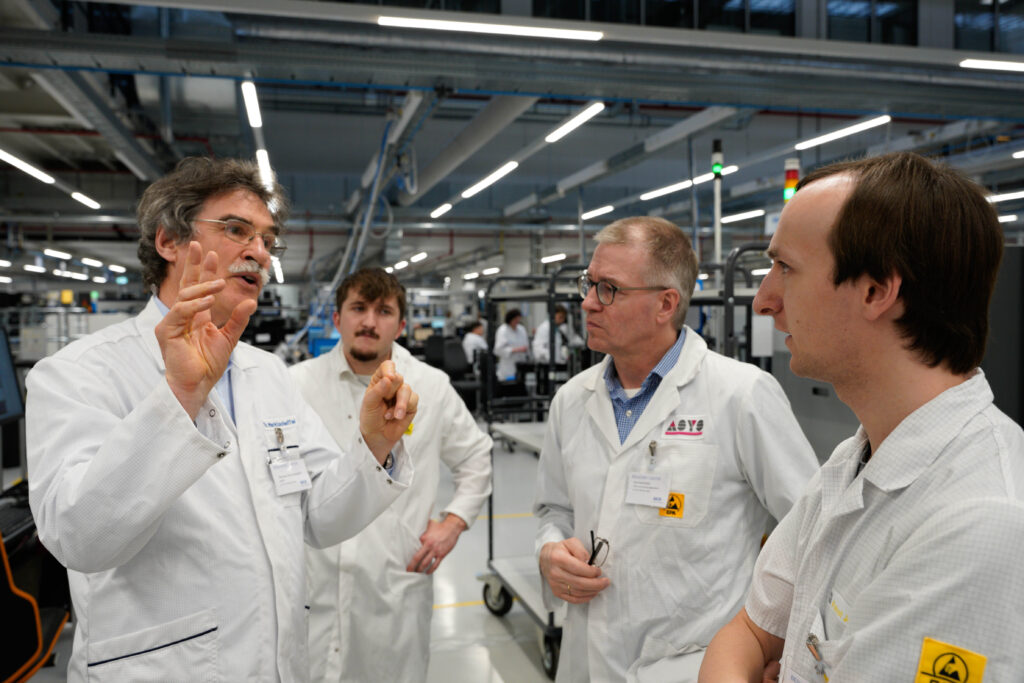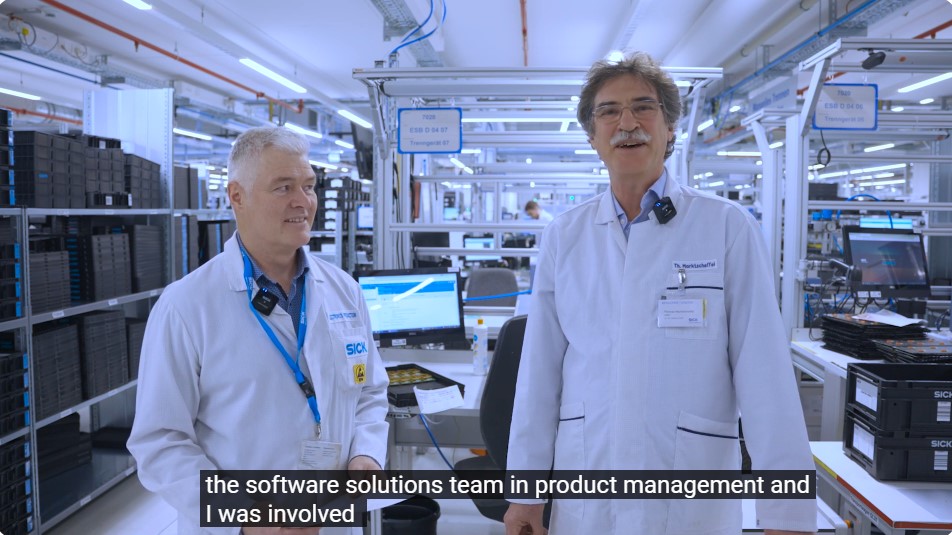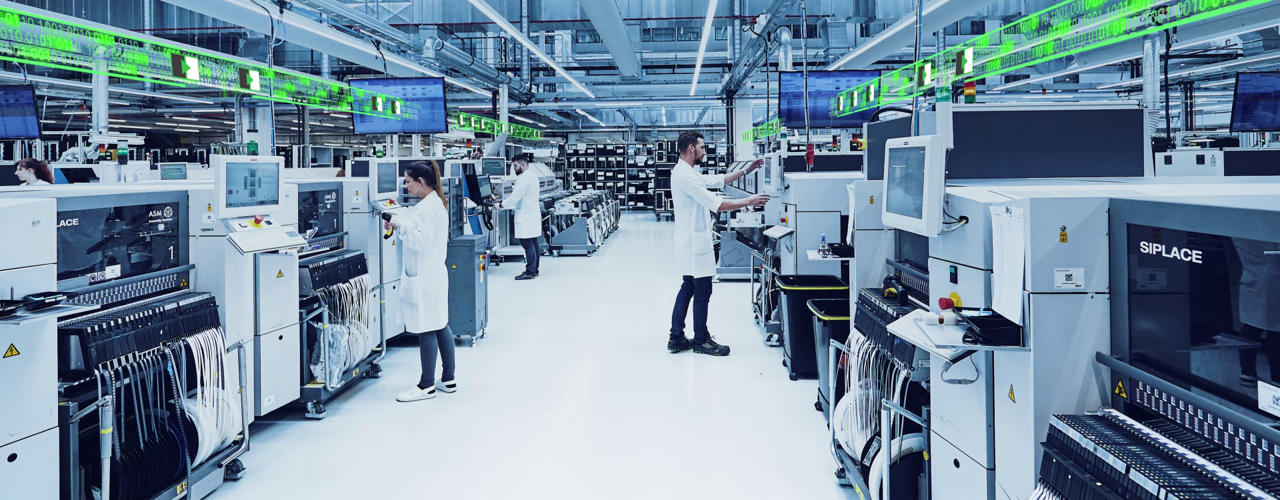How SICK is working with several SMT equipment manufacturers to advance the integration of the Hermes Standard
Simple, networked, efficient – these are important keywords on the path to achieving automated PCB mounting. As a provider of sensor-based applications, SICK is familiar with the requirements of tomorrow's intelligent factory from its own application experience.
As part of a workshop with several SMT equipment manufacturers, SICK succeeded in advancing the integration of the Hermes standard into the company's own SMT production lines.
“We wanted to do justice to our dual role as a user and provider of advanced manufacturing technologies. We are pleased to be working with industry experts on the further development of the Hermes standard,” said Paul Langenbacher, Solution Consultant at SICK AG.
The Hermes standard as the basis for digitalization in SMT production lines
Let’s visualize a very normal day in the production hall. A new order is received, and all relevant data is fed into the system. As soon as the printed circuit boards move over the SMT lines, they are precisely detected by the respective systems. Production then switches over automatically, thereby ensuring the order is filled. Well, how is this all possible? Simple. Product data is available in real time.
SICK has already taken the first steps toward achieving this vision. The primary building block for this scenario is the Hermes standard, listed under IPC-HERMES-9852. As a manufacturer-independent and open protocol based on Ethernet, it replaces the previous IPC-SMEMA communication, which is based on digital IO signals.
The Hermes standard enables the reliable exchange of board data in SMT production. The protocol sequence introduced with SMEMA continues to form the basis of communication. However, instead of electrical signals, Ethernet messages are transmitted, which contain all the relevant data from a circuit board.

After all, data is the “gold in business and manufacturing,” according to Thomas Marktscheffel, Director Product Management Software Solutions at ASMPT.
When used seamlessly, the sophisticated machine-to-machine communication protocol achieves a high level of automation. Since data is no longer lost but sent through the production line with the board, new automation concepts can be implemented – from automatic width adjustment to consistent traceability of circuit boards to automatic program changes.
“These are use cases that significantly advance automation and also [increase] quality because things run automatically and errors can no longer creep in,” Marktscheffel said.
This also has a positive effect on costs. Up until now, the SMT lines at SICK were configured manually for each order, which results in high setup times and costs. Reducing the setup time by, for example, five minutes per day for seven lines translates into savings of over EUR 200,000 over a year.
Challenges and solutions: the path to successful integration
Despite the clearly defined guidelines and specifications, there are small differences in the implementation of the Hermes standard by the respective machine suppliers. In order to meet this challenge, a Hermes line must be viewed holistically.
For this reason, SICK invited several manufacturers and users, including ASMPT, ASYS, Essemtec, Hekatron, Koh Young, Rehm and Vega, to a two-day workshop in the company's own production hall, where successful tests of basic Hermes communication were conducted along the line and options for an automatic program change discussed.
According to Thomas Marktscheffel, the workshop is a “huge opportunity” to integrate the standard in cooperation with other machine suppliers on an active production line without errors. “Collaboration builds trust,” he said.

The Hermes standard automates SMT production lines, enhancing efficiency and reducing costs, with SICK leading its integration.
The exchange and close collaboration with technology experts was also very enriching for SICK. IT also showed that there are still further steps that can be be taken to fully utilize the advantages of the standard.
However, with the right partners and a clear plan, these steps can be successfully tackled. In addition to the official Hermes standard specification, the best practices of the Hermes Initiative also provide a good basis. Both documents can be downloaded from the Hermes Standard Website.
SICK and the Hermes standard: a success story
SICK not only applies the Hermes standard itself, but also offers a retrofit solution for SMT equipment. With the retrofit solution, existing machines without an Ethernet interface can be integrated into the Hermes standard.
Its dual role as manufacturer and user enables SICK to contribute its extensive experience and expertise to the development and implementation of the standard. SICK is pleased about the close collaboration with other technology teams in the industry and regards the continuous development of the Hermes standard as a decisive step towards optimizing SMT production.






